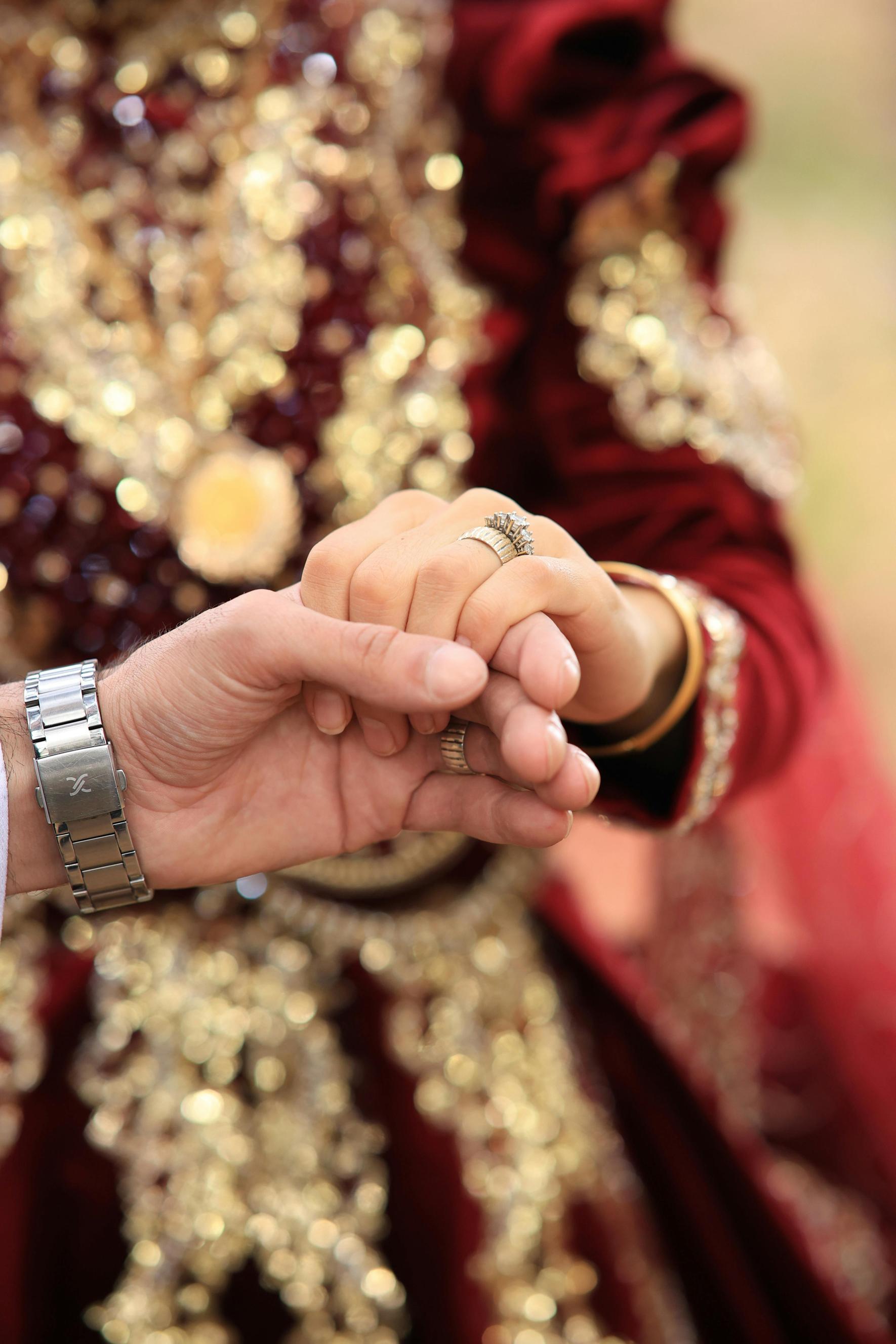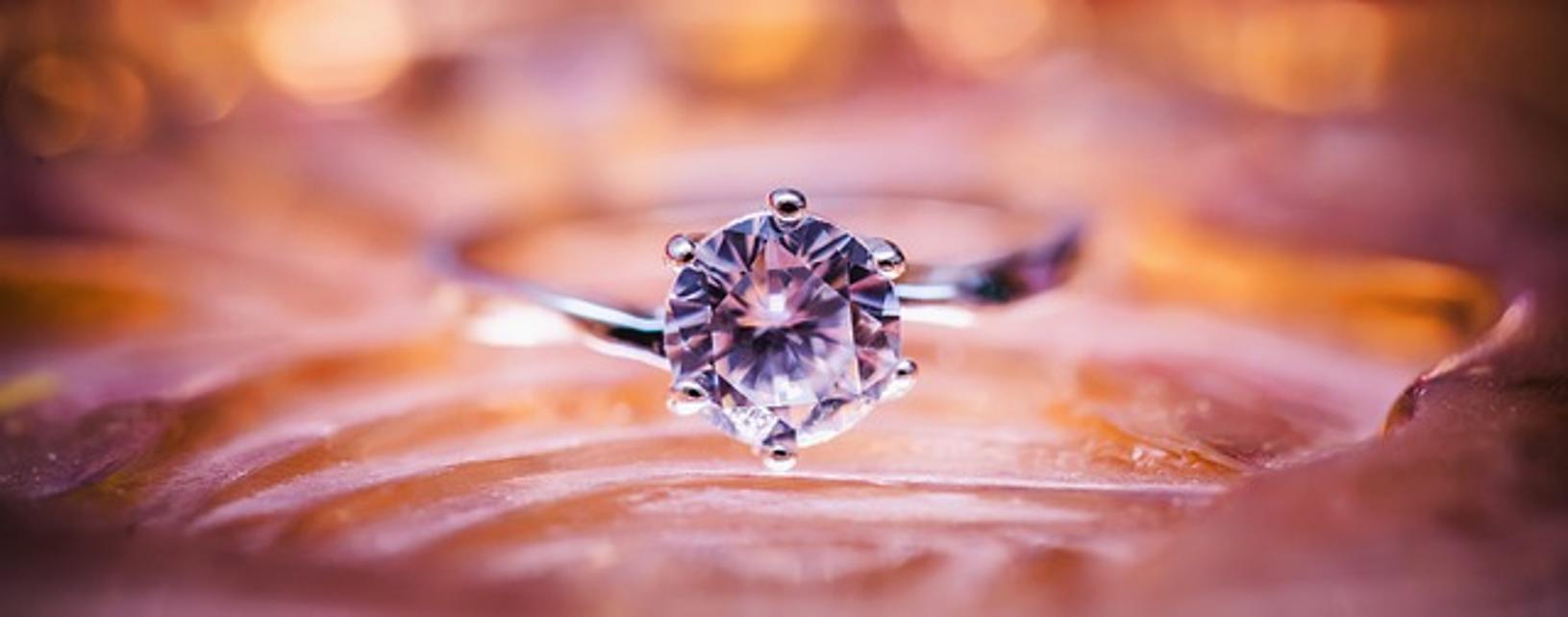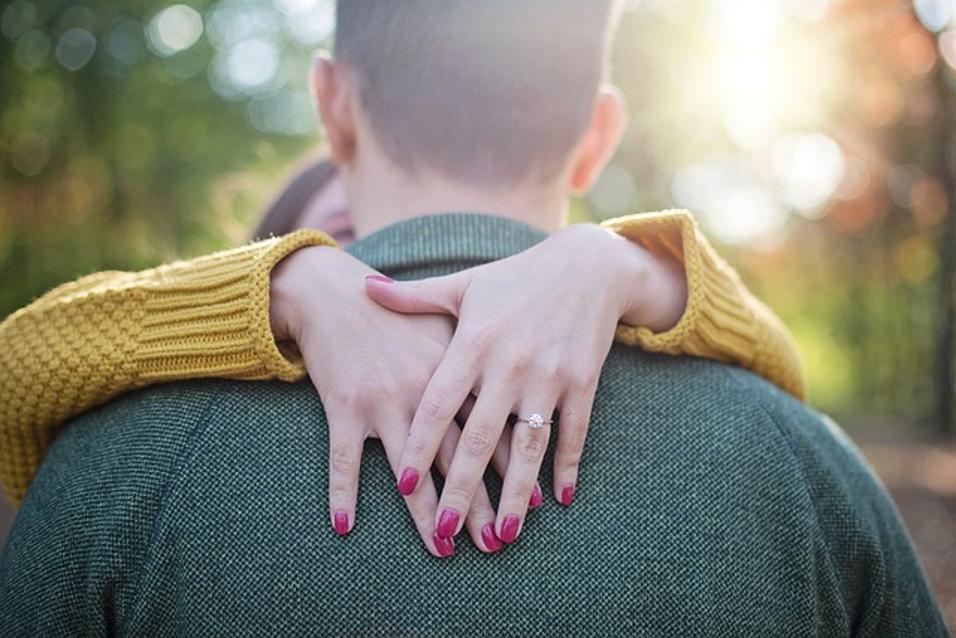Introduction
The process of choosing an engagement ring involves much more than selecting a beautiful design. Knowing the right ring size is crucial to the comfort and wearability of the ring. Understanding the average engagement ring size can provide useful insight and make the decision-making process smoother. This guide explores average ring sizes, measurement techniques, and tips to ensure a perfect fit for your special moment.

Understanding the Average Engagement Ring Size
U.S. Average Ring Size
In the United States, the average engagement ring size for women typically falls between sizes 5 and 7, with size 6 being the most common. For men, the average ring size ranges from 8 to 10. These sizes can serve as a general guideline when shopping, particularly if the exact size is unknown.
Global Comparisons
Engagement ring sizes vary significantly around the world due to differences in body types and cultural practices. For example, countries with smaller average body sizes might lean towards smaller ring sizes compared to Western countries. Therefore, understanding regional trends can be helpful, especially when buying rings in or for different countries.
Factors Influencing Ring Size
Several factors can influence ring size, including:
- Finger shape and size: The size and shape of fingers can vary widely between individuals.
- Temperature: Finger sizes can fluctuate based on temperature, with fingers swelling in heat and shrinking in cold conditions.
- Lifestyle and activities: Regular use of fingers for specific tasks (manual labor, playing instruments) can affect finger size and shape.
How to Measure for the Perfect Fit
Knowing the average engagement ring size is a good starting point, but getting the precise measurement is key to finding the perfect fit.
Professional Measurement
The most reliable way to measure ring size is to consult a professional jeweler. Jewelers have specialized tools, such as mandrels and sizing rings, to ensure an accurate measurement. Visiting a professional also provides the opportunity to try on multiple sizes.
DIY Measurement Techniques
If you’re unable to visit a jeweler, there are effective do-it-yourself methods:
- String Method: Wrap a piece of string or paper around the base of the finger, mark where it overlaps, and measure the length with a ruler.
- Ring Sizer Tool: Purchase a ring sizer online, which includes a set of rings in various sizes or a belt-like measuring tool.
- Comparison Method: Measure a ring that already fits well by placing it on a printable ring size chart available online.
Accuracy Considerations
To ensure the most accurate measurement:
- Measure at different times of the day, as finger sizes can vary.
- Avoid measuring when your fingers are too hot or cold.
- Repeat the process a few times to confirm consistency.
Trends and Variations in Ring Sizes
Historical Trends
Historically, ring sizes were influenced by societal norms and body types. In the past, smaller, more delicate rings were popular due to the petite nature of the average body size. Jewelry trends also impacted ring sizes, with certain styles demanding specific fits.
Modern Preferences
In modern times, there is a wider array of preferences. Some individuals prefer larger, more prominent rings as statement pieces, while others opt for minimalist, comfortable fits. As fashion evolves, so do the trends in engagement ring sizes.
Cultural Differences in Ring Sizes
Cultural practices play a significant role in determining ring sizes. For instance, some cultures emphasize smaller, intricately designed rings, while others favor larger, more elaborate designs. Understanding these cultural tendencies can help in selecting a ring that aligns with personal and familial values.

Dealing with Ring Sizing Issues
Finding the perfect fit can sometimes lead to sizing challenges, but knowing how to address these can make the process less stressful.
Common Sizing Challenges
Common challenges in finding the right ring size include:
- Fluctuating finger size: Changes in weight, diet, and temperature can cause finger size to vary.
- Wide knuckles: People with larger knuckles might find it challenging to wear rings that comfortably fit their fingers.
Resizing Process
If a ring doesn’t fit perfectly, resizing is always an option. Jewelers can either enlarge or reduce the size by cutting and adding or removing material. The process might involve welding and polishing to ensure the ring’s appearance remains intact.
Costs and Risks
Resizing a ring involves costs and potential risks:
- Costs: Typically, resizing costs range from $20 to $100, depending on the complexity and materials.
- Risks: Excessive resizing might weaken the ring’s structure, especially with intricate designs or inlaid stones.

Expert Tips for Selecting the Right Size
Consulting Jewelers
Consulting a professional jeweler provides the advantage of expert opinion and precise measurement. Jewelers can offer personalized advice based on finger shape, ring style, and material.
Online Sizing Tools
Many jewelry retailers offer online tools, such as printable size charts or virtual measuring apps, to help customers find their perfect size. These tools can be particularly useful for long-distance shopping.
Comfort vs. Aesthetics
When selecting the ring size, balancing comfort with aesthetics is crucial. A ring should be snug enough to stay secure but loose enough to slide over the knuckle without discomfort. Prioritize the wearer’s ease for daily wear.
Conclusion
Choosing the perfect engagement ring size is a blend of understanding averages, knowing how to measure, and considering personal preferences. By following these guidelines and tips, you can ensure that the ring is both beautiful and comfortable, adding to the joy of this significant milestone.
Frequently Asked Questions
What is the most common engagement ring size for women?
The most common engagement ring size for women in the U.S. is size 6.
Can all engagement rings be resized?
Most engagement rings can be resized, but those with intricate designs or certain materials may have limitations.
How often do people need to resize their engagement rings?
People might need to resize their engagement rings due to weight fluctuation, lifestyle changes, or wear and tear over time. Resizing is common when rings no longer fit comfortably.
